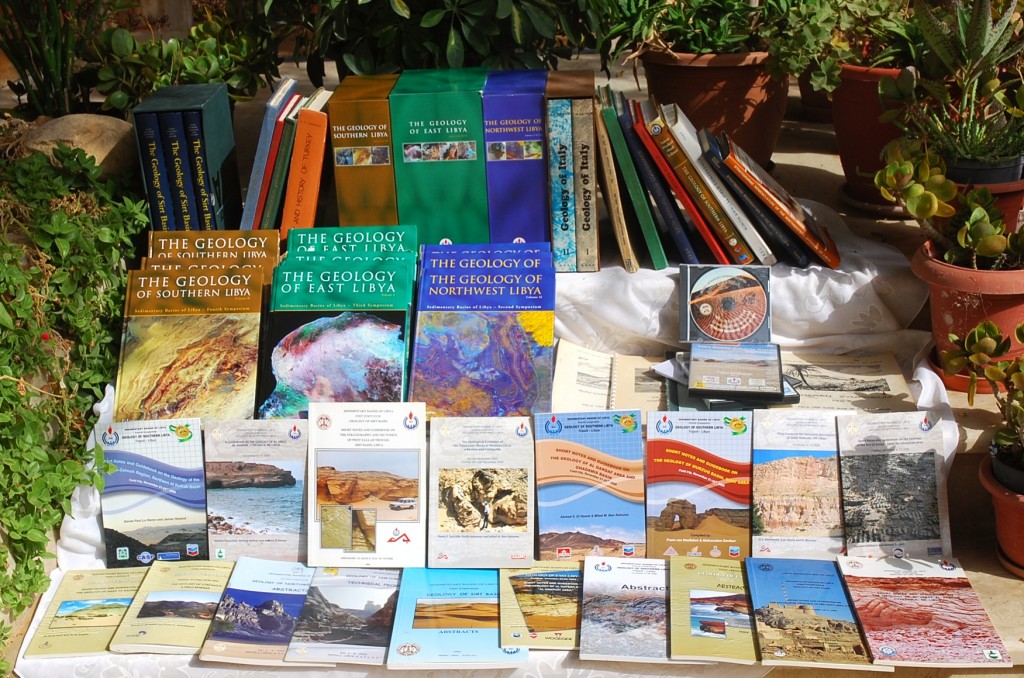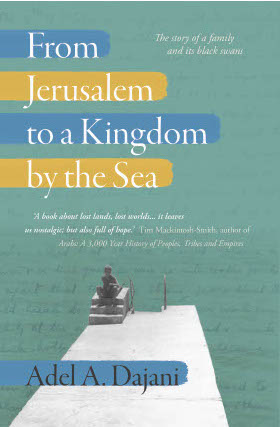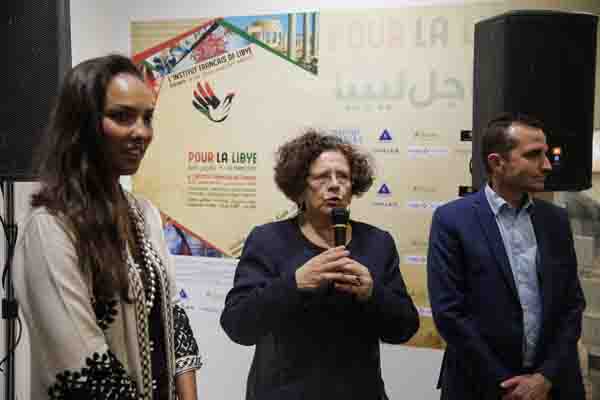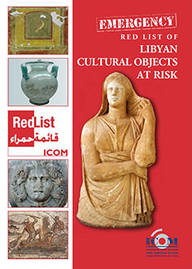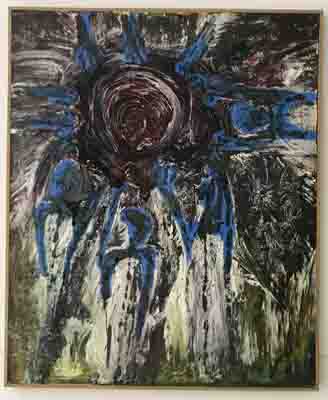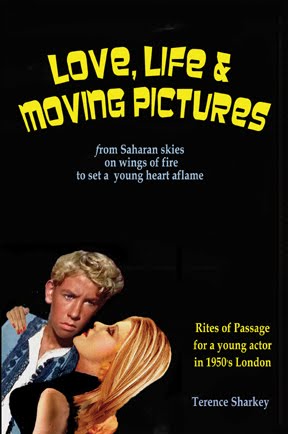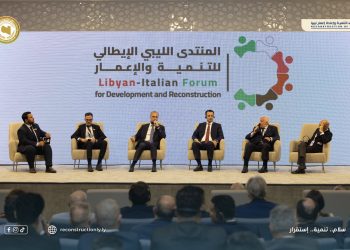By Mustafa J. Salem.
Tripoli, 13 September 2013:
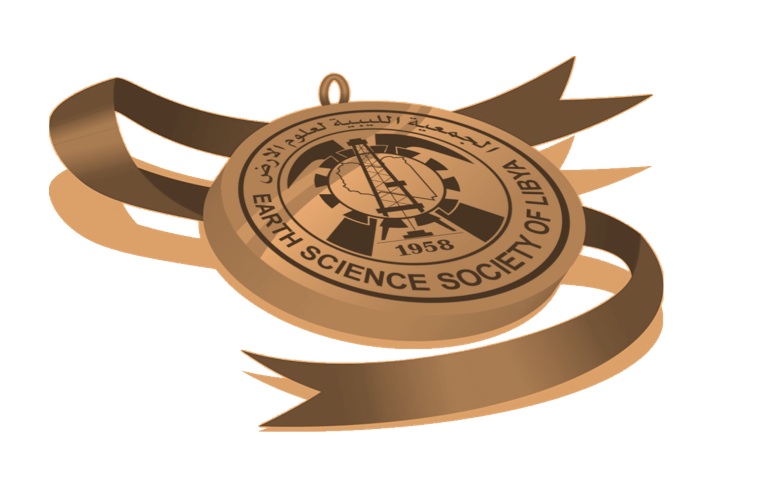
![Figure 2: The original Petroleum Exploration . . .[restrict]Society of Libya (PESL) logo that was designed and used since 1958. Notice that the society has been affiliated with reputable, international scientific groups (AAPG, SEG and EAEG) since that time.](http://www.libyaherald.com/wp-content/uploads/2013/09/PSSL-2.jpg)
It was sometime back in 1958 when a group of geoscientists who were working for the oil industry in Libya got together and established a society for petroleum exploration geologists in Libya. It was called the Petroleum Exploration Society of Libya (PESL). None of them were Libyan; at that time there was no geology department in the University of Libya and very few Libyan geologists (Figure 3).
It was only a few years since Libya had gained its independence, and it was a very poor country with fewer than two million inhabitants. Oil exploration was only just starting, so most of the country was unknown to geologists and very little had been published on the geology of Libya apart from some Italian works that had been undertaken before the Second World War, as well as some work carried out by French geologists mostly in the southern parts of Libya.
Not only had very little been published about the geology of Libya but most of the data from oil company investigations was classified. For these reasons in its first few years the PESL decided to give priority to organising field excursions to areas in neighboring countries till more information was available about the geology of Libya. The society also decided to coordinate the geological work done by the various oil companies working in Libya at the time.
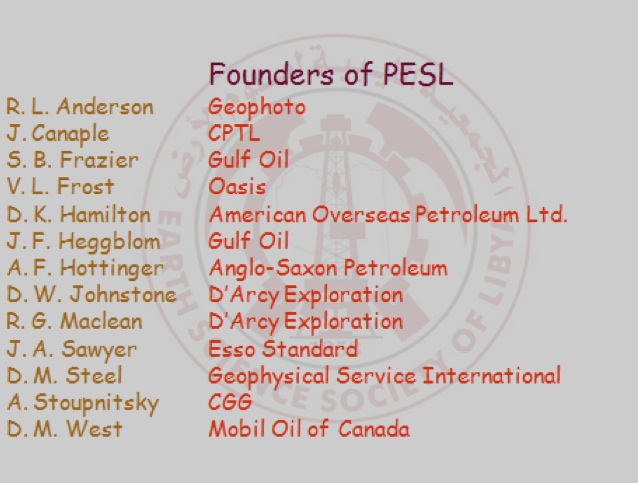
The First Field Conference was an excursion to Central Tunisia in 1959, followed by the Second Field Conference in 1960, an excursion to Sicily. The Third Field Conference, an excursion to Chad, was in 1961 and the Fourth, in 1962, was to Yugoslavia (Figures 4 and 5).
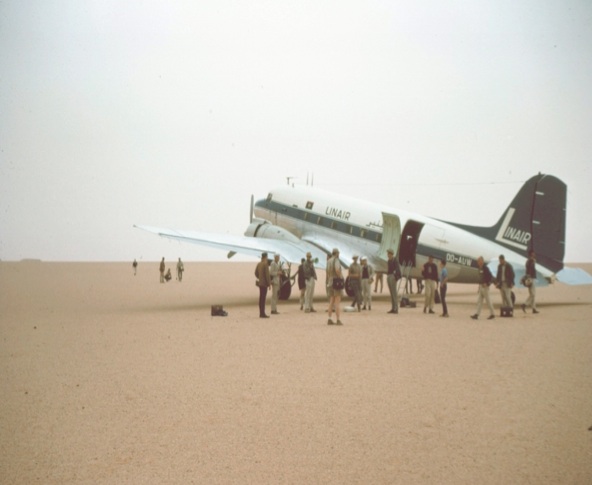
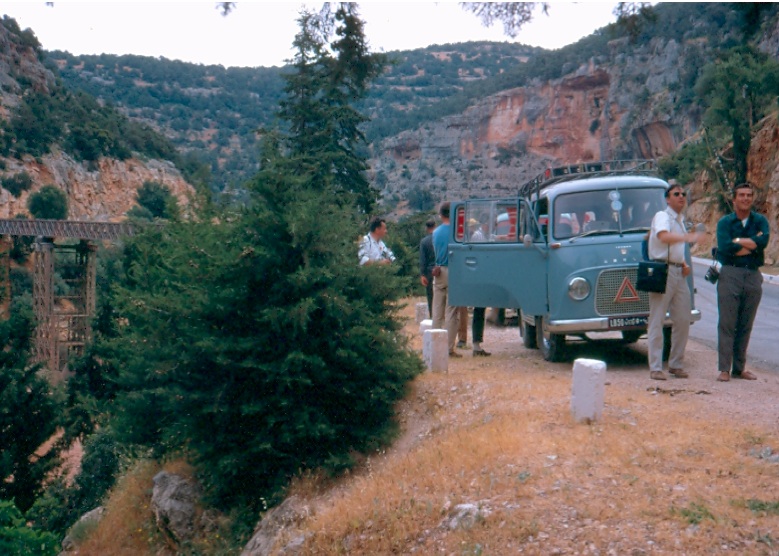
Meanwhile the PESL formulated its first Stratigraphic Nomenclature Committee, which was delegated to work on a ‘Stratigraphic Lexicon of Libya’. This committee was led by the late P.F. Burollet and included 15 members from various oil companies operating in Libya at the time. The committee’s task was to coordinate the geologic work on Libya and to establish a stratigraphic lexicon for Libya that would be used in the future by all those working in geology. This comprehensive work of the committee was published as part of the International Geological Congress’s Lexique Stratigraphique International, vol. IV a in 1960.
As part of its educational program, monthly lectures were also conducted by the society, with several experts from within Libya and abroad being invited to present lectures on interesting geological subjects.
By 1963, more information about the geology of Libya became available and the PESL decided to hold its first Saharan Symposium. This was an opportunity to discuss, among other things, the recently published Lexicon of Libya, and to organise two field excursions on the same occasion – the first was to Ouinet Ouenine and the second was to the Jebel Nafusa (Figure 6).
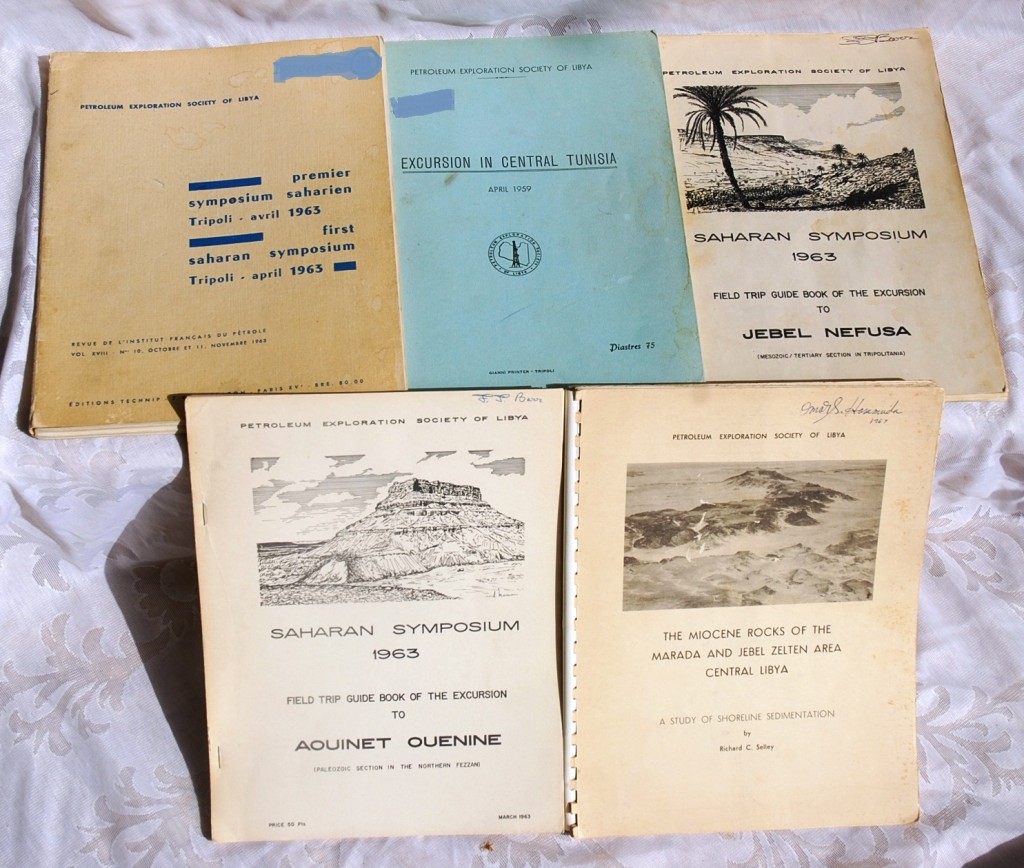
So that the society could make a greater contribution to the geological knowledge of Libya, it established a system whereby it held an annual ‘Saharan Symposium’ on an area of interest, either within Libya or in neighbouring countries, and it attracted some high-calibre scientists to write original research papers on the particular area. These papers were compiled into a guidebook. At that time the society not only published geological papers but also some important cultural and archaeological papers on the same area. Under this system the society published: Guidebook to the Geology and Prehistory of South-central Libya and Northern Chad, The Geology Archaeology and Prehistory of the Southwestern Fezzan – Libya, Guidebook to the Geology and History of Tunisia, Geology and Archaeology of Northern Cyrenaica, Guidebook to the Geology and Archaeology of Egypt, Guide to the Geology and Culture of Greece, Geology and Culture of Sicily and Geology and History of Turkey. These attractive publications contributed a great deal to our knowledge on the earth sciences and culture of Libya and neighboring countries (Figure 7).
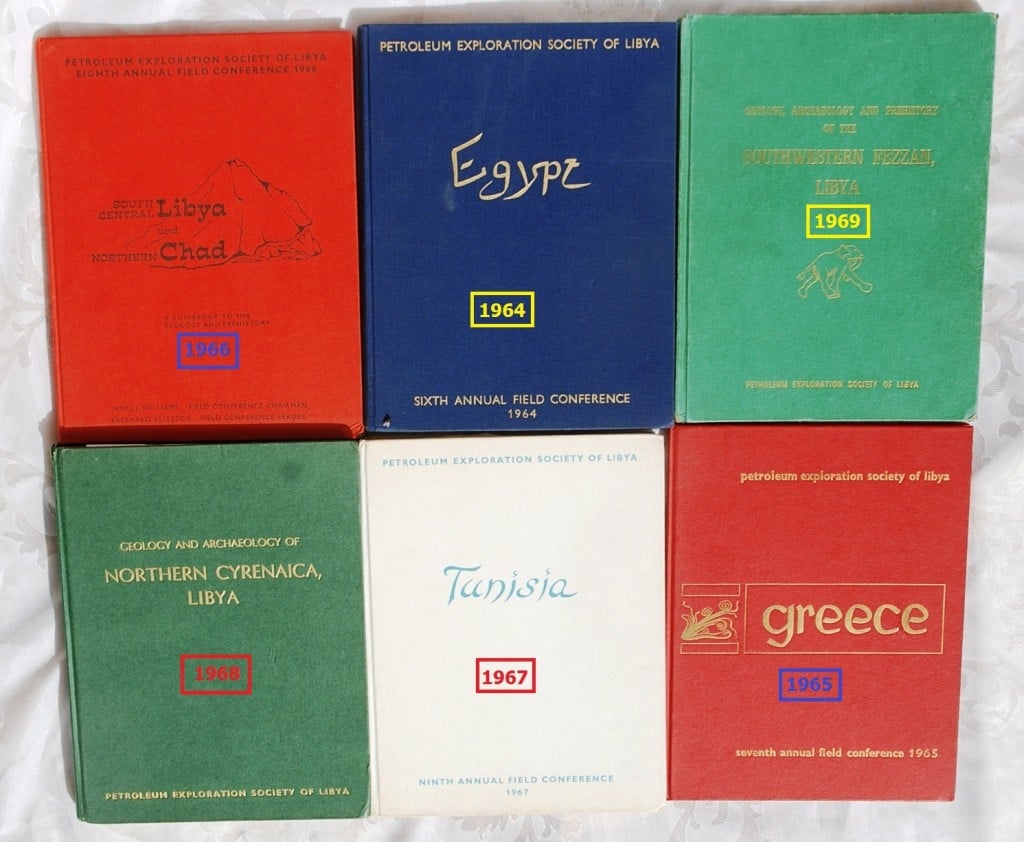
By the early 1970s the PESL decided that the greatest need was for the establishment of a subsurface formational nomenclature for the Sirte Basin since it was the most productive and potential area for hydrocarbon reserves in Libya. In 1972m F.T. Barr and A.A. Weegar completed their important publication Stratigraphic Nomenclature of the Sirte Basin, Libya. The publication is still in use and was reprinted during the 50th Anniversary celebration of the society.
While the society continued in its activities it was thought that it was time for it to include all geologists and geoscientists in Libya rather than limiting its membership to petroleum explorationists only. Therefore the Earth Science Society of Libya (ESSL) was registered in 1974, in place of the Petroleum Exploration Society of Libya (PESL).
During the period from the late 1970s and up to the late 80s, the society’s activities were curtailed for political reasons as any networking or big gatherings were not welcomed or approved by the regime at the time. It was therefore very difficult to conduct any public activities or to obtain official permission for such activities. Despite the difficulties, the society did hold several activities, though not as many as it had hoped or had achieved a decade earlier. These included a few publications, some field excursions, both local and overseas, and several lectures and field seminars. Books on the geology of Italy, the geology of Morocco and a new nomenclature for offshore NW Libya were published by the society in this period.
In 1990, a mutual agreement was reached between the National Oil Corporation (NOC) and the ESSL to work jointly on a project on the Sedimentary Basins of Libya. The aim of this project was to organise international conferences on different sedimentary basins in Libya and organise several field excursions to various areas of interest to geologists. The NOC’s support extended not only to providing the project with a venue, telecommunication and internet facilities and access to all the oil companies working in Libya, but it also provided an umbrella for organising all the field excursions, holding international events and all the financial support needed for the project. With the support of the NOC and the various oil companies operating in Libya, the project was able to achieve its objective. Four international conferences were organised, in 1993 on the Sirte Basin, in 2000 on northwestern Libya and the offshore areas, in 2004 on eastern Libya and finally in 2008 on southern Libya. Seventeen field seminars and excursions were organised during the 20-year span of the project and over 30 publications were published as part of the project (Figure 8).
So that all members of the society are able to access its earlier publications, many of which are now out of print, the society is currently working on reproducing all the old publications in digital format so that they can easily be obtained and read.
Looking Ahead
After 55 years of activities which have benefited thousands of its members and other scientists through the years and contributed very effectively to the advancement of geological sciences in Libya and North Africa in general (Figure 7), the ESSL isnow looking to the future with an ambitious program. The Society’s Board has announced that it will hold elections for a new board in the next few weeks and it is hoped that the new board will act promptly to extend the society’s activities, and its presence in the various cities of Libya where geoscientists are active.
The following are seen as the priorities of the society in the immediate future:
- update its by-laws in such a way that it will extend its presence and expand its activities;
- extend its educational and training role as a scientific society;
- enlarge its current branches and expand by opening more branches;
- formulate sub-committees specialised in various branches of earth sciences;
- focus on specialised topics and hold specialised conferences and international events;
- extend cooperation with relevant scientific organisations at a regional level as well as at an international level;
- establish a permanent head office suitable for organising the society’s activities;
- finally formalise its affiliations with those international organisations with which it already has ties (Figure 2).
